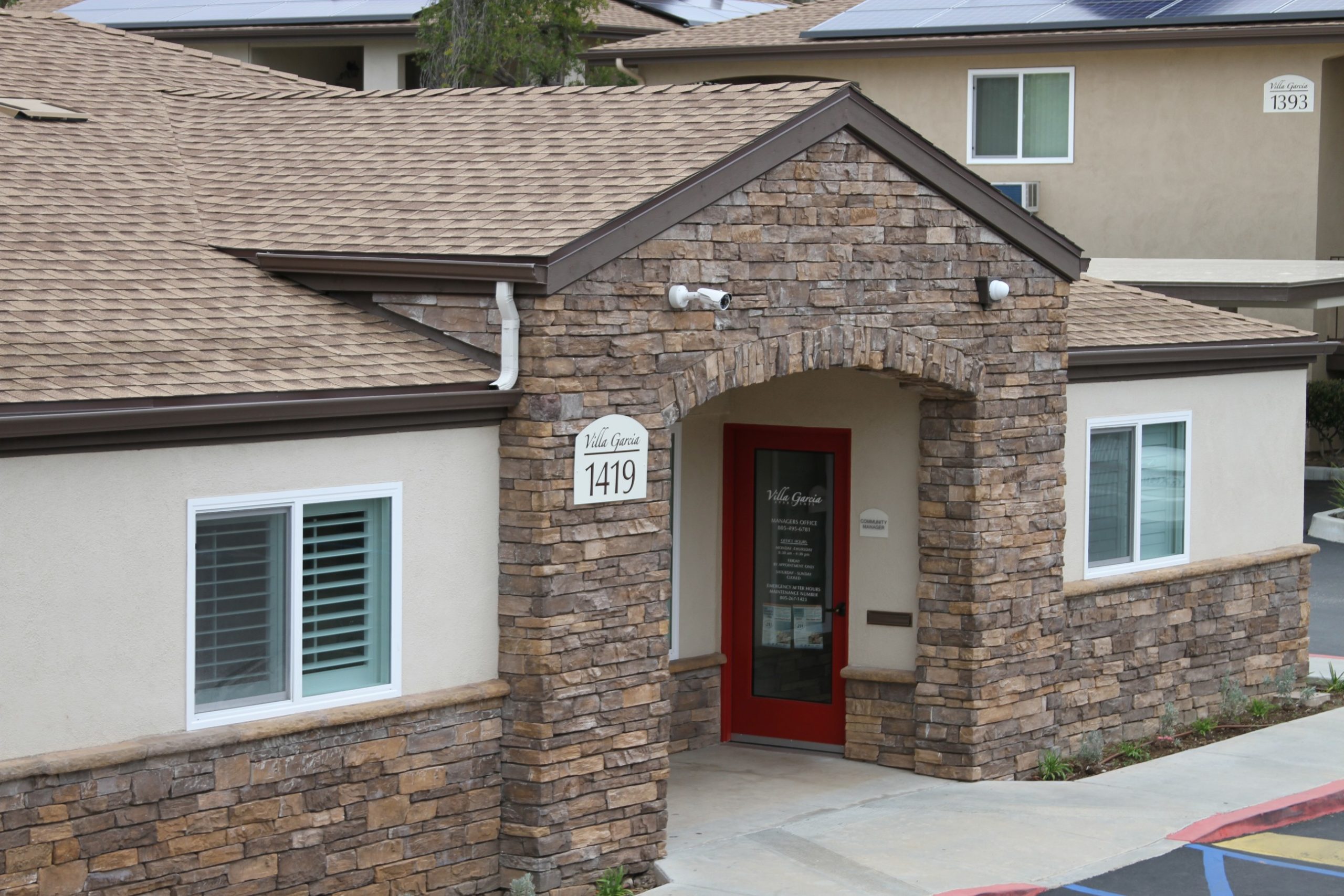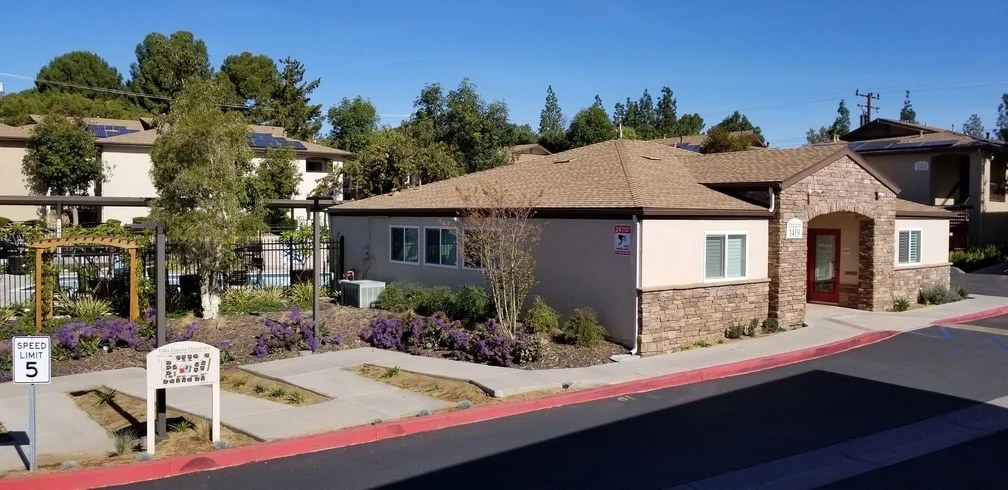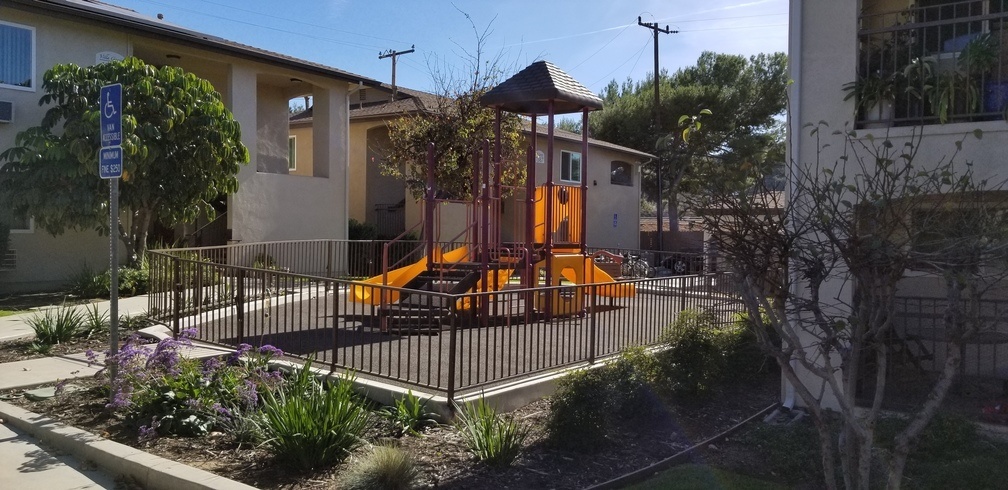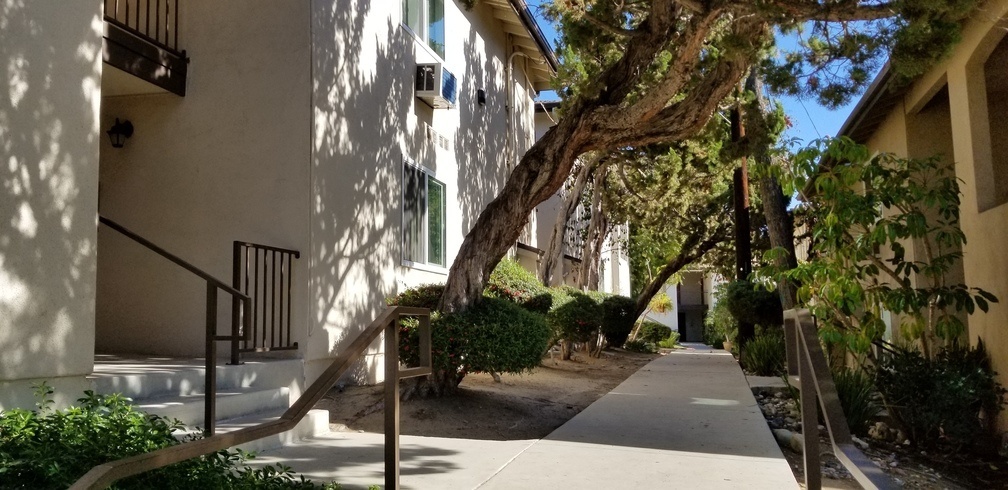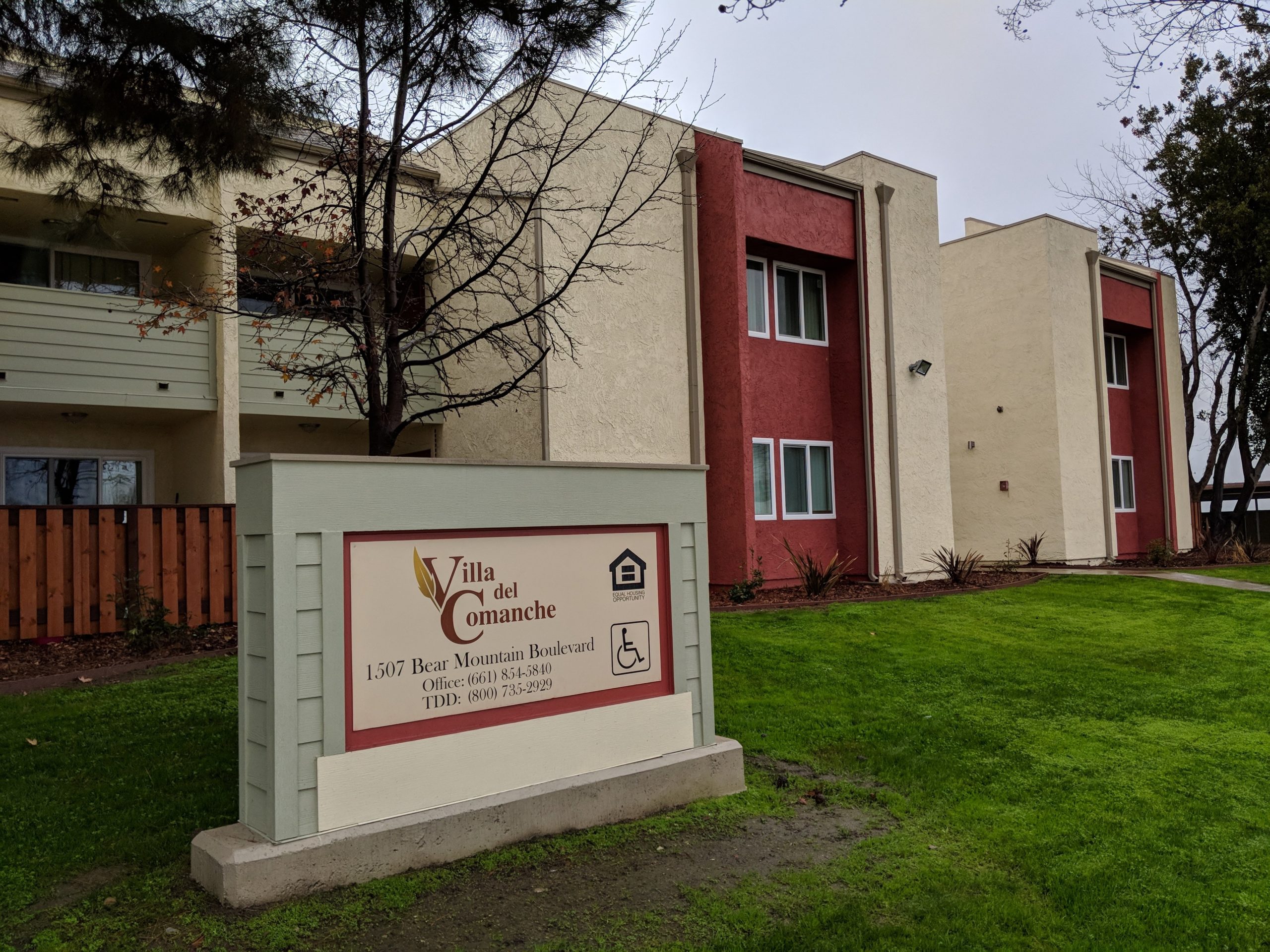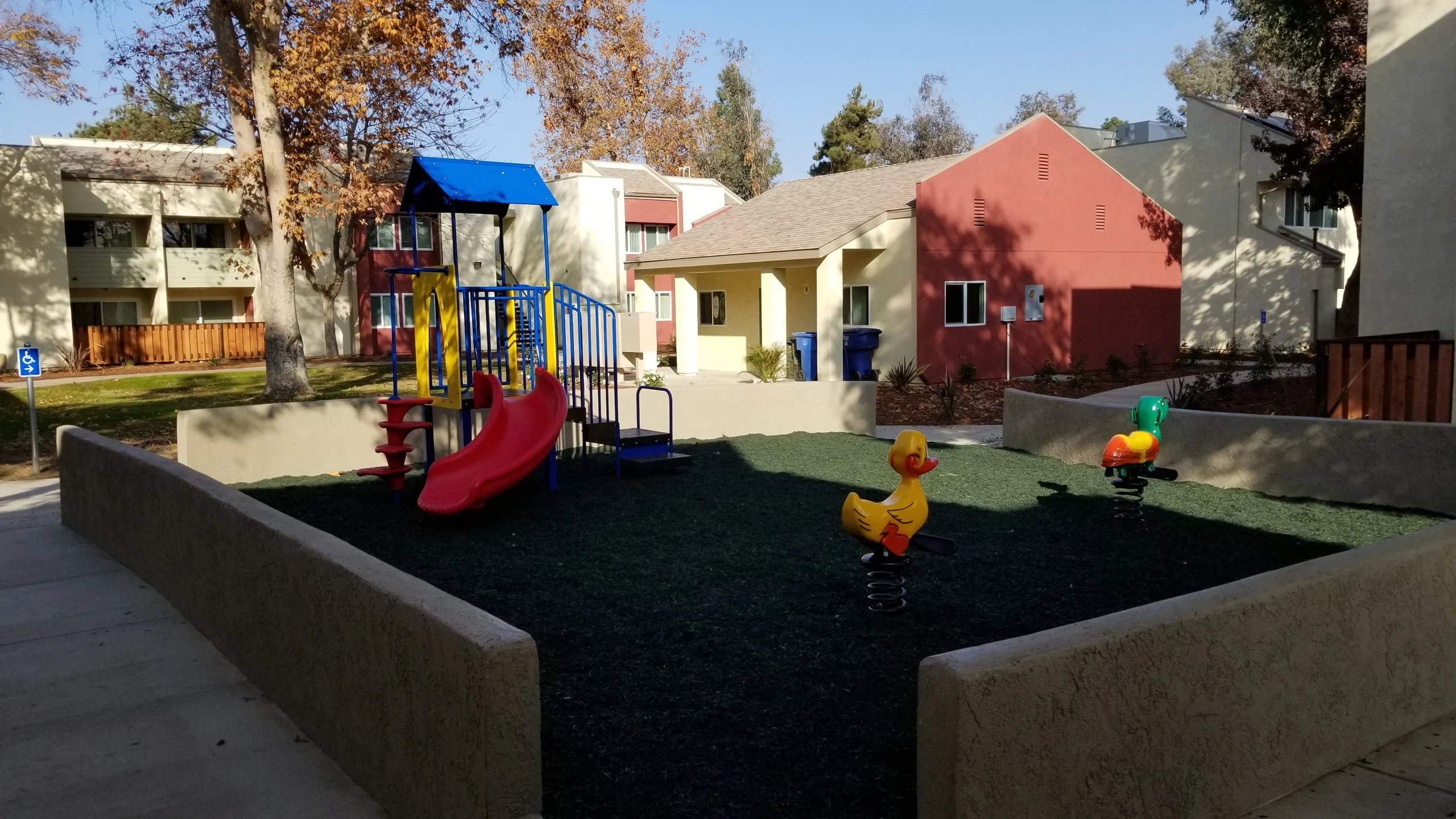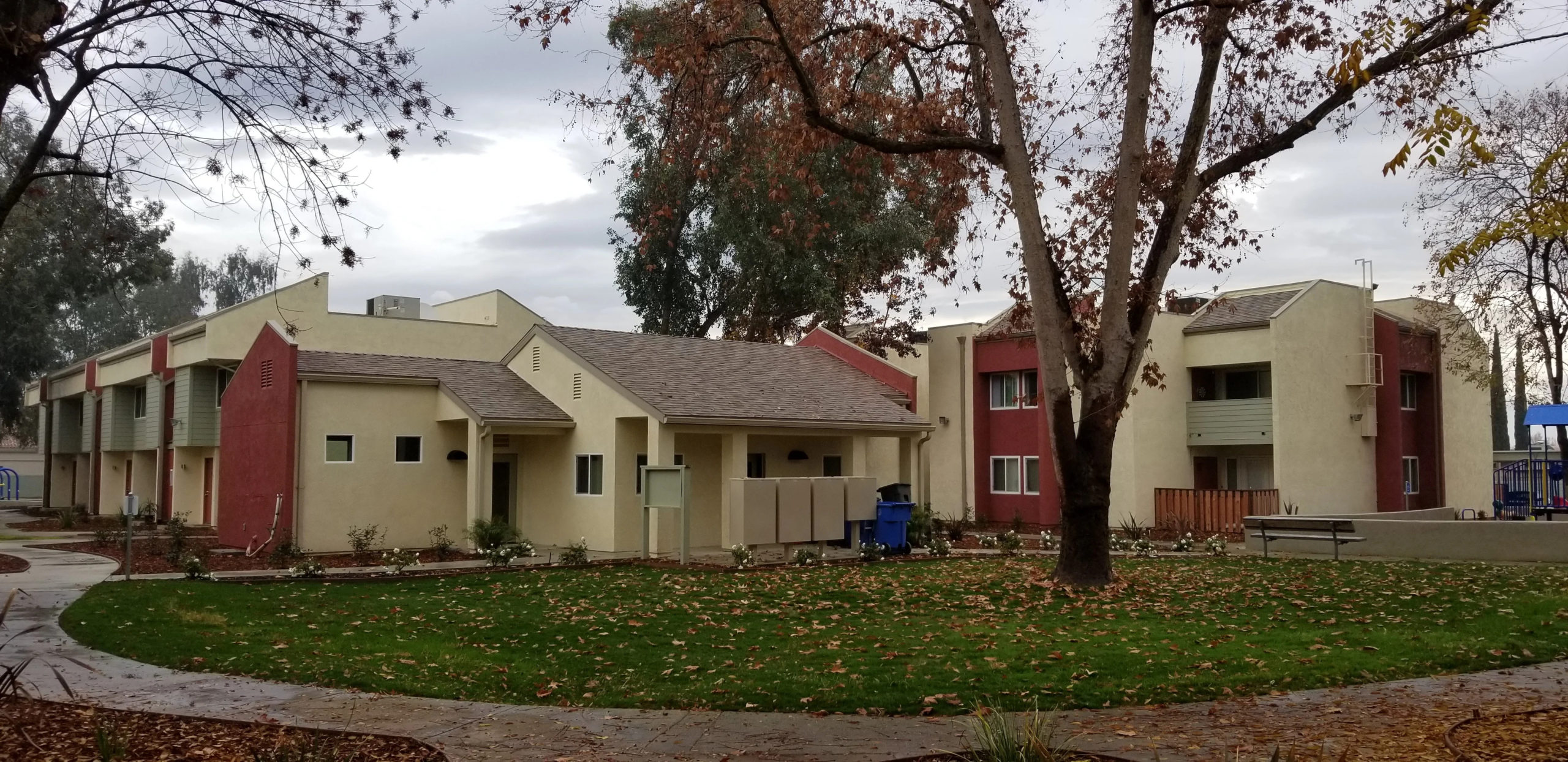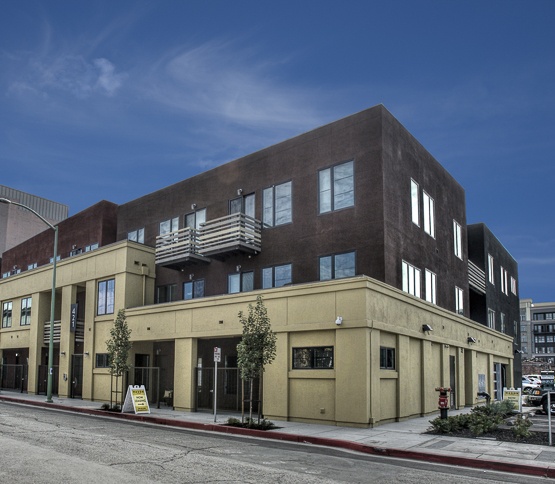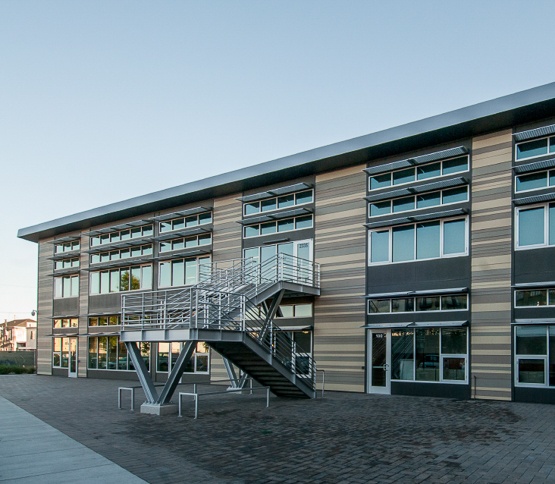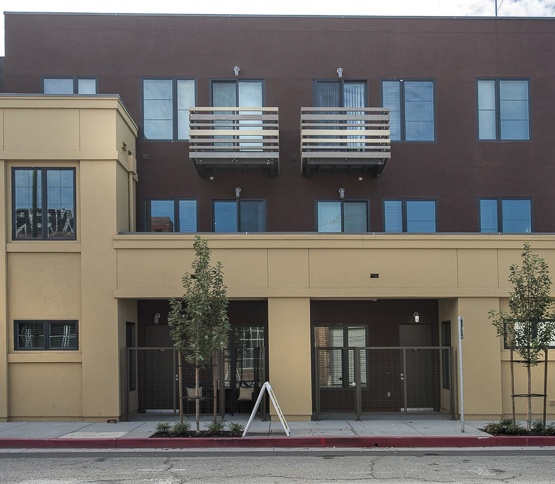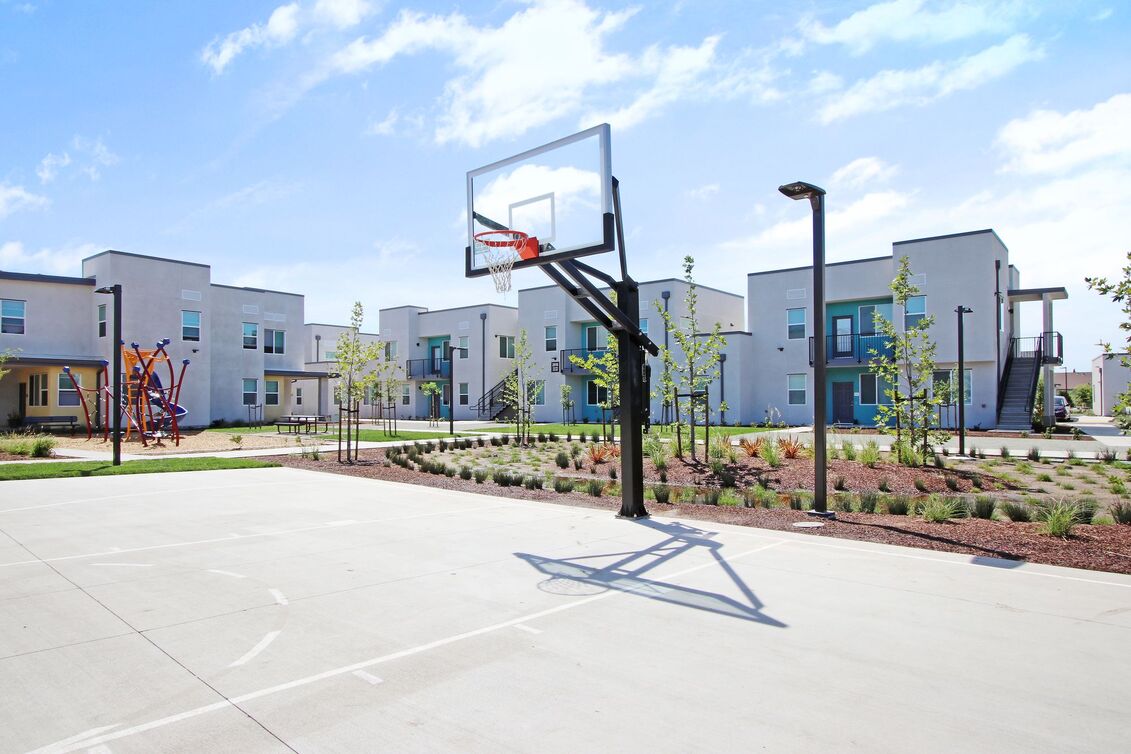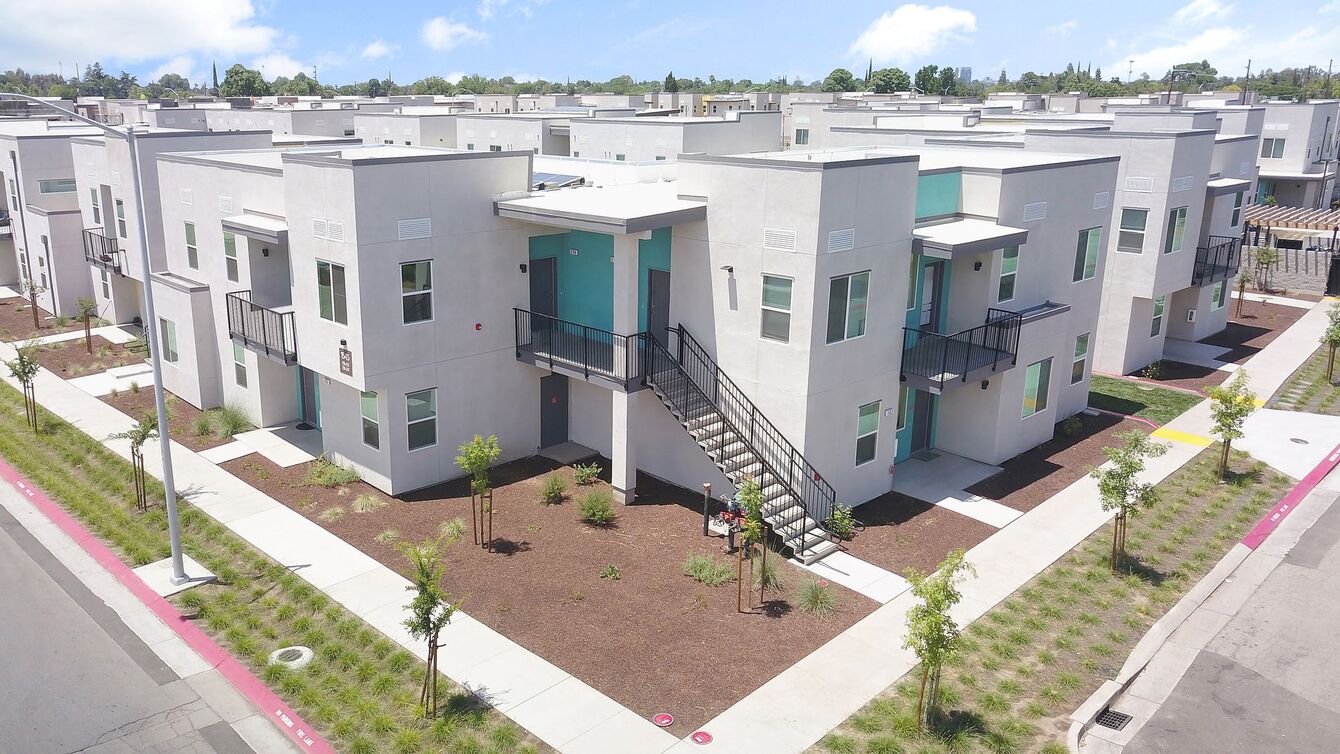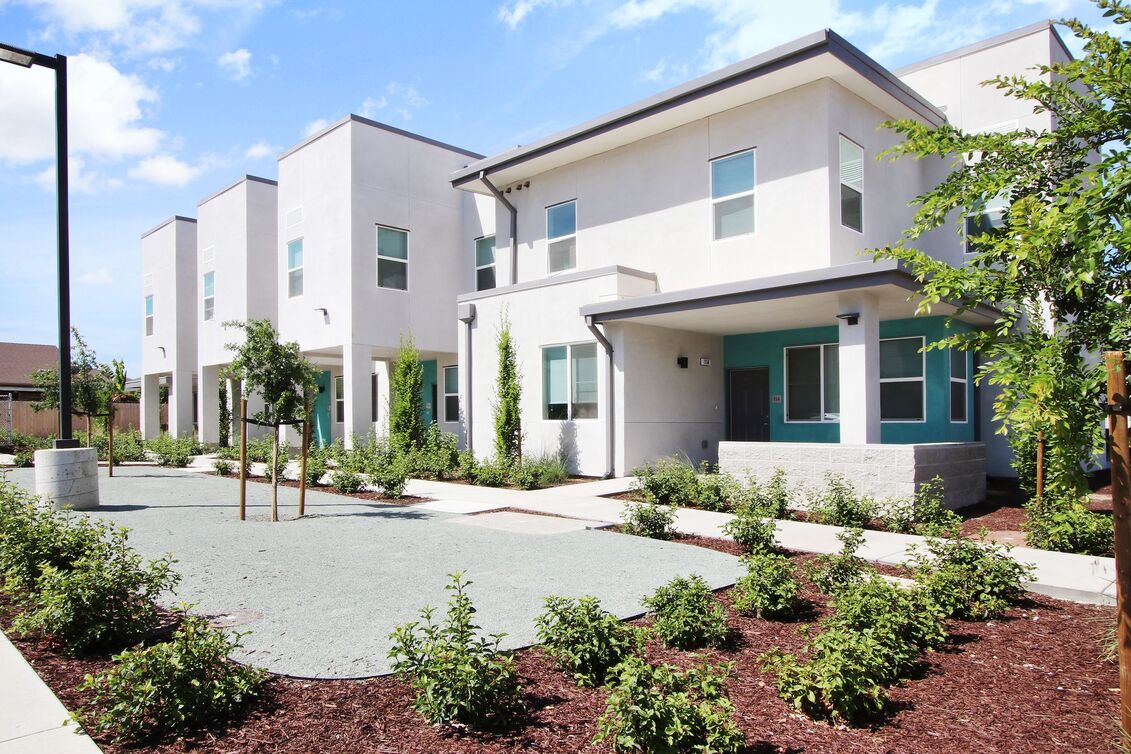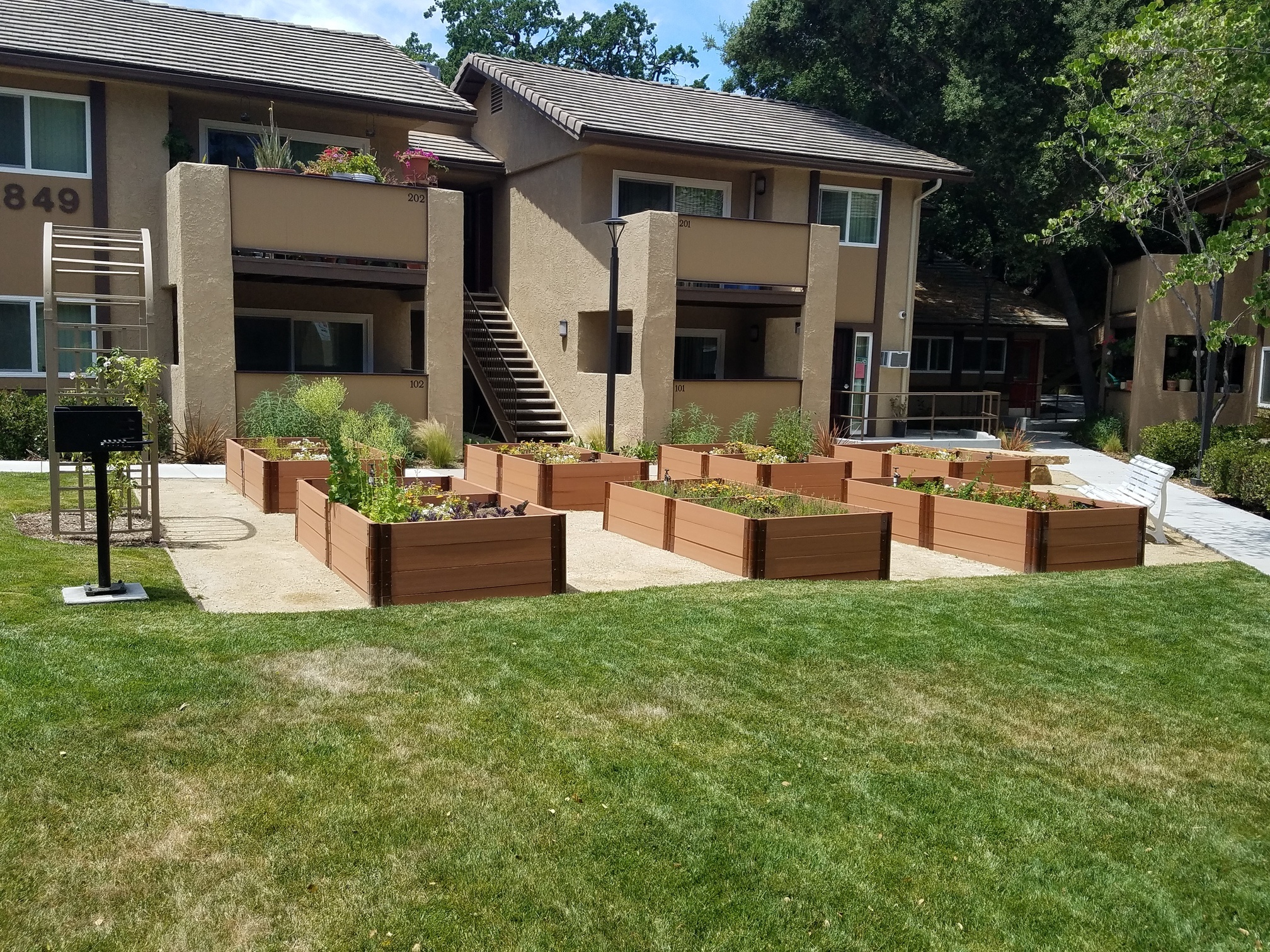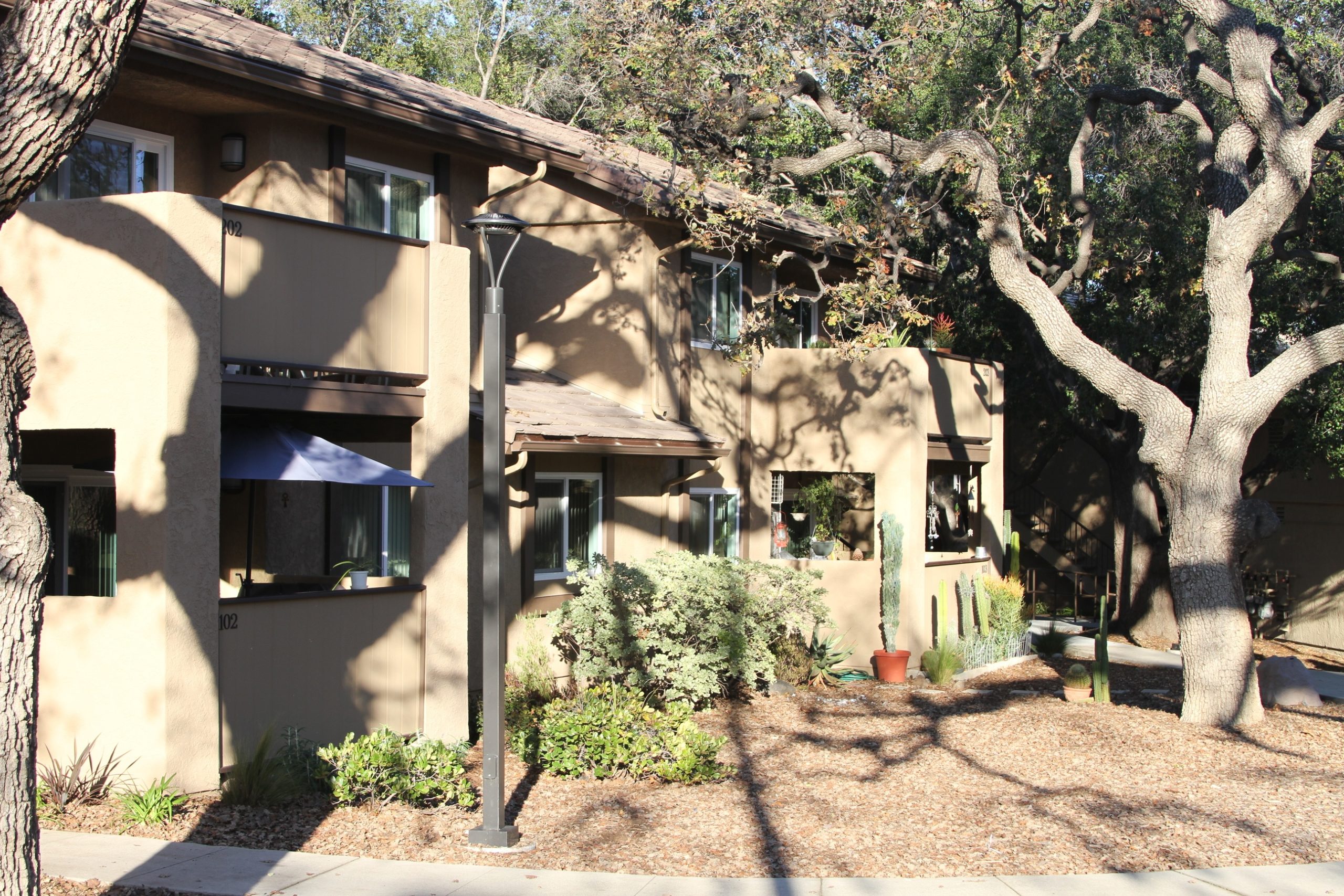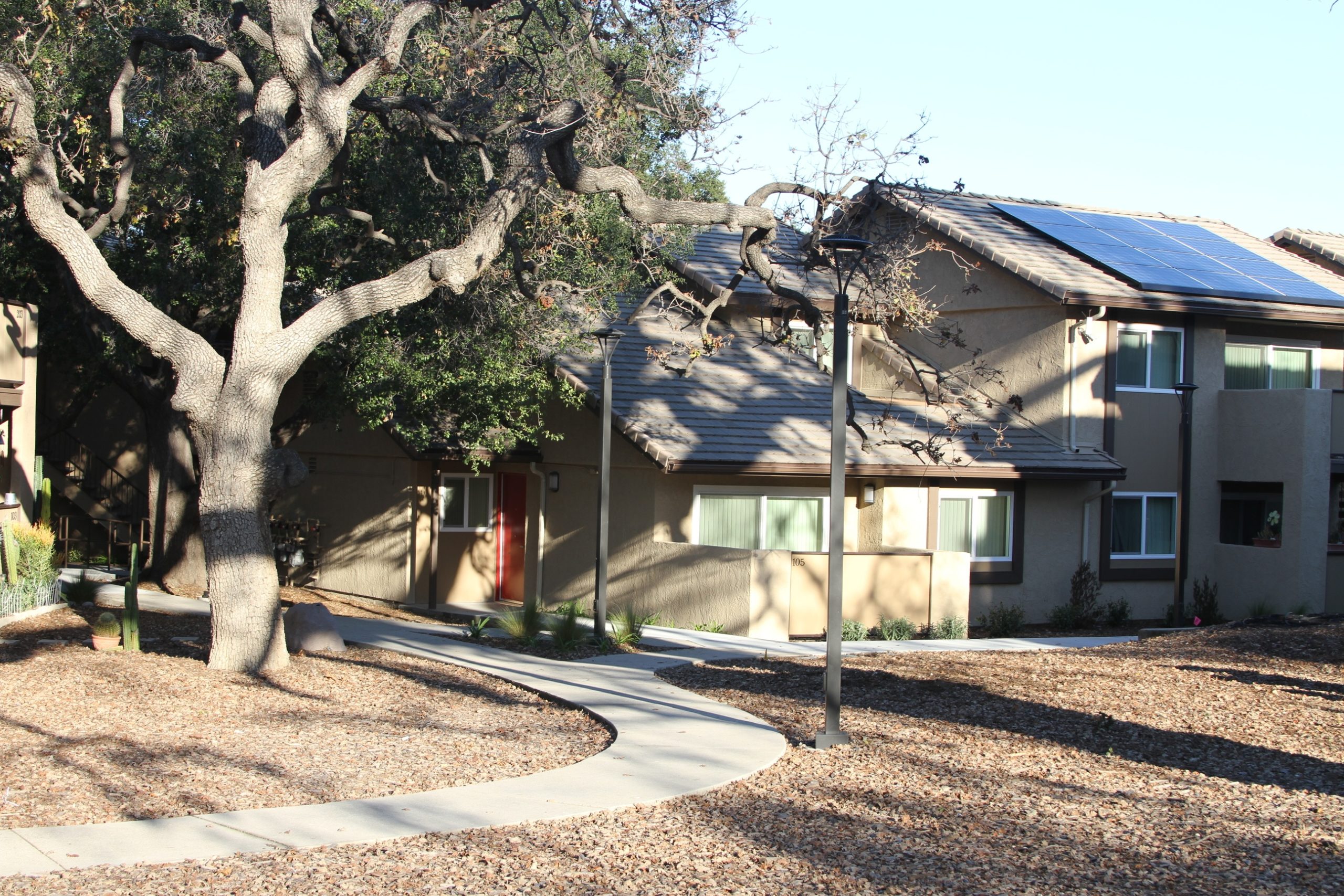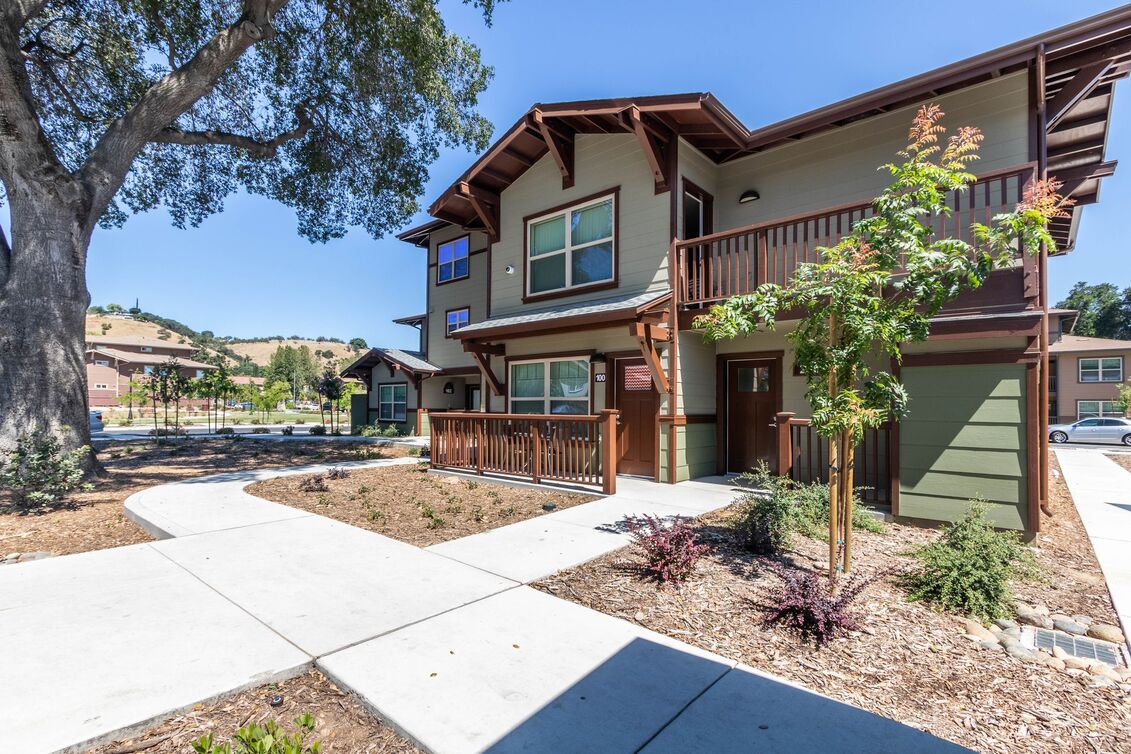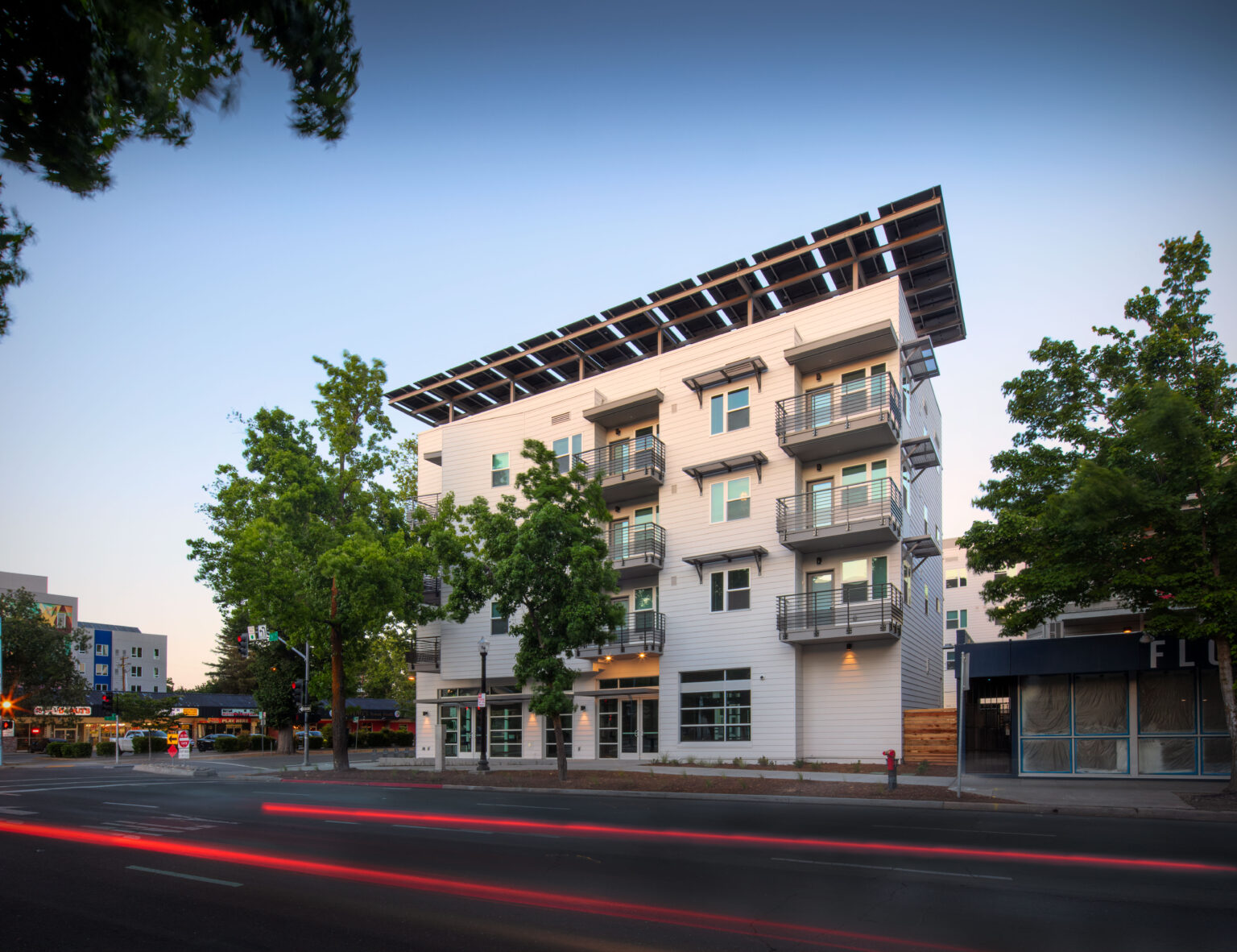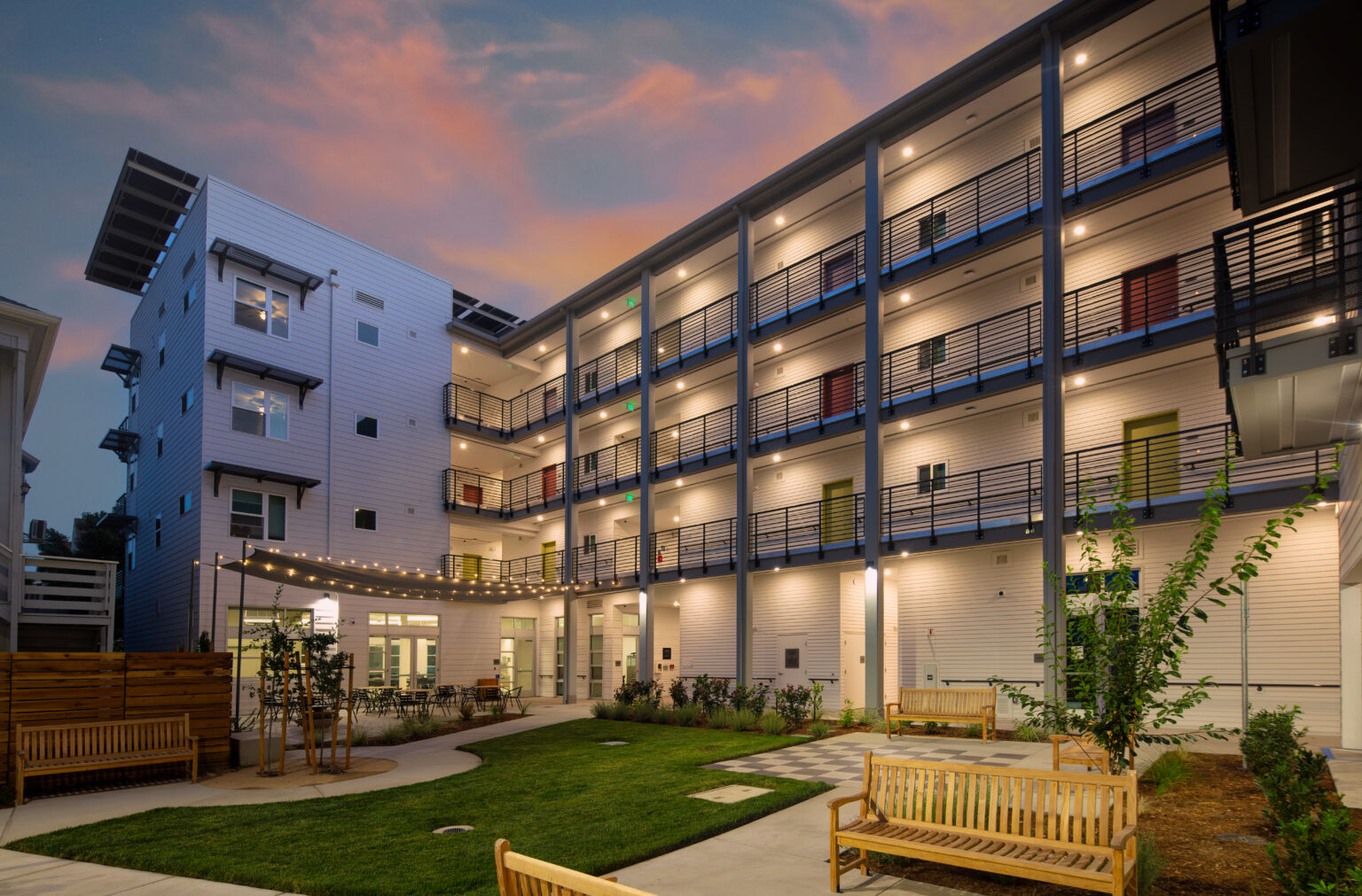
One of the most important things that designers and architects must balance at all times when working on a project, is how to strike a balance between wishes, be it those of the client or their own, and feasibility. Another way of seeing it, is a permanent decision making that includes the vast or infinite field of ideas and the narrow one of what is achievable.
An important part of the narrow reality is that of building codes, and California is without doubt, a leader in the United States. In place since 1978, the California Title 24 Building Energy Efficiency Standards, are an important part of the regulations that intend to reduce greenhouse gas emissions and create a safer environment in the state. As part of the progression of this code, they are updated on an approximately 3-year cycle, with 2016 being the latest one. This update is effective in the whole state since January 1, 2017.
But as always happens whenever regulations change or become more stringent, there can be a lot of misunderstanding, making professionals paralyze while they cope with the new reality. Thus, our purpose is to provide helpful information that in the long run, will allow for saving time and money.
We believe there are at least five aspects that every architect or firm in California should review consistently:
- Cost
Homes will be more costly, but only if we have a short-term vision. According to the California Energy Commission, the average cost increase of building a home within the 2016 standards will be $ 2,700. But the savings over a 30-year period in energy and maintenance costs will be around $7,400. Although compared to the total costs, these are relatively small fractions; they are no doubt an incentive for architects and builders, to find cost effective solutions.
- Diversity in the standards
The 2016 standards are divided in three sets. The first one is a set of mandatory requirements, or a floor of standards to be used in all buildings across the state. A second set contains a series of prescriptive packages that can be taken as a checklist to be met. The third set contains performance standards that change according to a 16 climate zone division and the type of building. This set allows builders complete freedom in their designs, as long as the building achieves the overall efficiency of a similar building using the prescriptive package.
- Impact over the long haul
The 2016 standards represent a challenge but also an opportunity. For residential buildings, the equation is more focused on mortgage costs and maintenance feasibility. For non-residential ones, the impact is seen as a balance between initial investment and commercial usage. In any case, architects have to keep in mind that designs and materials are better if long term maintenance is easy and less expensive.
- Real impact on the environment
California Energy Standards have a focus on the amount of resources that can be saved over a long period of time, under full compliance. This means less usage of water, less construction of power plants and less fuel being produced or burned. According to the Commission, energy saved during a 30-year span will be equivalent to energy used to power 2.2 million homes, which at the same time reduces the need to build 12 additional power plants.
- Legal requirements
Any new construction of, and additions and alterations to residential and non-residential buildings will have to comply with the 2016 Standards. Local governments have the authority to verify the compliance but also, to approve standards that make buildings more energy efficient. What they cannot do, is to approve measures that are less stringent. Thus, for architects or builders, the minimum guide will be the State Standards.
In closing
Compliance with the 2016 California Energy Standards can be tough at the start. We have to keep in mind that the purpose is to achieve Zero Net Energy for residential buildings by 2020 and for commercial buildings by 2030. An open mind for design and materials, as well as a long term vision, is a must for any professional.
In that sense, energy planning consultants can be extremely helpful in making sure that navigation in the complexities of these standards is flawless, and that projects are safe and sound.




